From one point of view Purslane is a very easy topic: It’s edible, nutritious, and fairly easy to identify. It is sold in supermarkets around the world except the United States, so you have to find your own which is easy because it grows everywhere. From there things get complicated.
What about ornamental purslanes, the kind you find for bedding plants in home improvement stores like in the picture to the left? They often have colors other than yellow, such as orange and flamingo and the like. Their blossoms can be doubled or frilly. Then there are native members of the genus, Portulaca: Are they edible? Lastly there is also a medicinal semi-look alike. Somewhere back in the 90’s I asked Forager Emeritus Dick Deuerling if ornamental purslanes were edible. He said he didn’t know and wasn’t interested in finding out. Some 20 years later that is my answer. I don’t know. My suspicion is if they are not they are not severely toxic. That leads me to our local native Portulaca pilosa. I have tried it. The leaves burn my mouth a little and upset my stomach some. Nothing horrible but nothing I want to repeat. I’ve had some beginning foragers tell me they eat it but I have not had any experienced foragers tell me that. You can read about purslane here. Also do not eat any plant that looks like purslane but has white sap. They are not edible.
And what of the semi-look alike medicinal? Perhaps “medicinal” is the wrong word. Water Hyssop, Bacopa monnieri, is edible but very bitter. It looks like dwarf purslane except all green. The blossoms differ as well. Water Hyssop has four- or five-petaled blossoms. They can be off-white, light blue or even light pink. You find the plant growing in damp or inundated areas. What’s interesting about Water Hyssop is that two different studies show it can increase memory function. The plant causes a gene to upregulate or “express itself.” This means the DNA in the gene can stretch, literally like a spring losing tension. This in turn causes the gene to make a protein. That protein causes the hippocampus to make new memory cells. It takes three months for the difference to be noticed. So whether you are looking for some green cells or some brain cells purslane or a smaller look-alike is good for you.
Fruiting now is the controversial Pepper Vine, Ampelopsis arborea. It is closely related to the edible grape but also closely related to the toxic Virginia Creeper. It is one of those plants that some folks say is definitely toxic and others say definitely edible. My personal experience is that it is not edible, but I know some credible foragers who say they have eating the ripe berries for a long time with no issue. No doubt the problem has to do with annual calcium oxalate production. In small amounts it’s tolerable. In high concentrations it can cause skin problems or internally upset digestion. Peppervine (so-called because the fruit can give a pepper-like burn) apparently can make little to a lot of the chemical each year, varying greatly. Another possibility is method of preparation. It might be that when the berries are juiced and the juice is allowed to set in a cold environment that acid precipitates out leaving useable juice. That is not a fact, but rather speculation on my part. Lacking any definitive information it is a fruit best avoided unless you know for certain your fruit is edible. If you do experiment and survive, let me know.
Upcoming Foraging Classes for the next two months:
Saturday, Sept. 19th, Mead Garden: 1500 S. Denning Dr., Winter Park, FL 32789, 9 a.m.
Saturday, Sept. 26th, Spruce Creek Park, 6250 Ridgewood Ave. Port Orange, 32127. 9 a.m.
Saturday, Oct. 3rd, Wickham Park: 2500 Parkway Drive, Melbourne, 32935-2335. 9 a.m.
Saturday, Oct. 10th, Boulware Springs Park, 3420 SE 15th St., Gainesville, 32641. 9 a.m.
Sunday, Oct 11th, Jervey Gantt Recreation Complex, 2390 SE 36th Ave., Ocala, 34471. 9 a.m
Sunday, Oct 18th, Florida State College, south campus, 11901 Beach Blvd., Jacksonville, 32246. 9 a.m.
Sunday, Oct. 25th, Dreher Park, 1200 Southern Blvd., West Palm Beach, 33405, 9 a.m.
Sunday, Nov. 1st, Bayshore Live Oak Park, 23000 Bayshore Rd., Port Charlotte, FL 33980, 9 a.m.
Sunday, Nov. 8th, John Chestnut County Park: 2200 East Lake Road, Palm Harbor, FL 34685, 9 a.m.
To learn more about the classes, which are about four hours long, or to sign up, go here.
In some parts of the country fall is upon the landscape and final harvesting is underway before plants shut down for the winter. When I was a boy in Maine this meant scrumping apples and concord grapes. Locally our winter foraging season is just starting and while it is still warm one edible to start looking for is the Heartwing Sorrel. This tart Rumex is closely related to Sheep’s Sorrel and is used the same way, usually as an addition to salads. This time of year there will be a plant here and a plant there. Look along grassy trails, pastures or fields particularly in northern areas. In a few months locally it can cover an entire field with a ruddy pink blanket of ripening seeds. To read more about the Heartwing Sorrel go here.
Need to identify a plant? Looking for a foraging reference? Maybe you have a UFO, an Unidentified Flowering Object, you want identified. On the Green Deane Forum we — including Green Deane — chat about foraging all year. And it’s not just about warm-weather plants or just North American flora. Many nations share common weeds so there’s a lot to talk about. There’s also more than weeds. The reference section has information for foraging around the world. There are articles on food preservation, and forgotten skills from making bows to fermenting food. Recent topics include: Tea, Salt and Amla, Small Bush and Flower, Ragweed? Pine Cough Drops and Needles, Odd Vine? Hunting and Trapping Ethics. Knife Accidents. Some Kind of Lespendeza and Survival Garden. You can join the forum by clicking on the button on the upper right hand side of this page.
This is newsletter 176. Recent problems regarding posting comments on site pages and caching issues on the forum have been at least temporarily resolved. If you have having posting problems let me know
To donate to the Green Deane Newsletter click here.

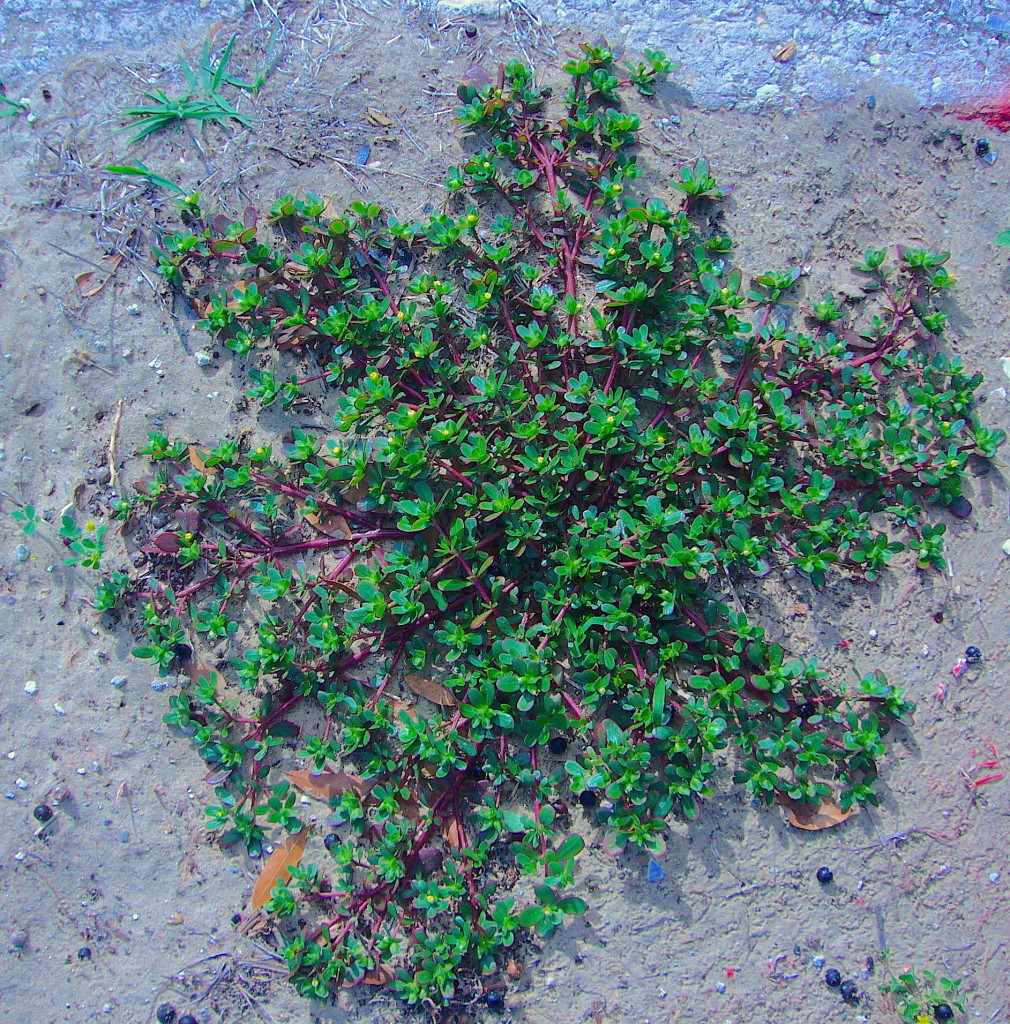
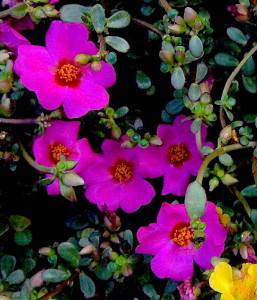
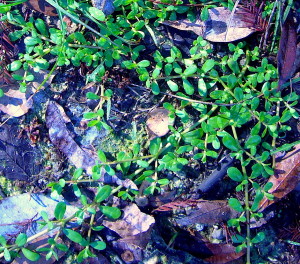
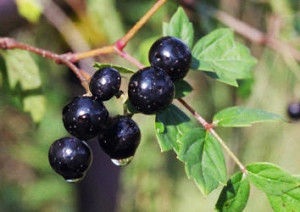
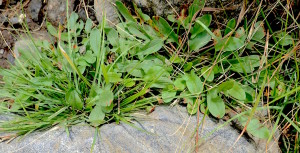
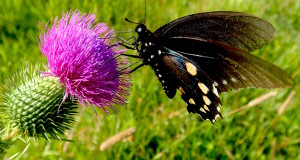

I’m at present on a visit to United Arab Emirates, foraging at Jebel (= mountain ) Hafeet in Al Ain, one of the largest beautiful oases here in the Emirates. An enjoyable tour can be made by climbing to the summit of the mountain while driving through the safe well constructed meandering road to reach my destination. It is really a grand hotel (Mercury Hotel ) where I’ve encountered for the first time some lovely ornamental plants such as the Golden Barrel cactus (Echinocactus ) and an unfamiliar species of date palm fruiting near ground level so that one can pick the ripe dates by the grip of the hand. During climbing one cannot avoid seeing at both sides of the road wild plants such as: Sesbania aculeate, Sidr – Arabic for Zizuphus or Spina – Christi as well as the “ Arak “ – Arabic for Salvadora persica or Tooth Brush tree. How beautiful is the place down- hill where it is furnished with lawns of various kinds of flowers of the season and all around the gaps are matted with the blossoming in red to violet Verrucosa – sea or Sesuvum verrucosum purslane.
I’m happy that I’ve succeeded in encouraging and inspiring towards the great hobby of foraging part of my family in my company headed by son Ahmed and his wife Sulma, youngest son Moumin, and not least beloved Nadia. Many thanks and best regards.